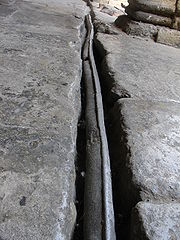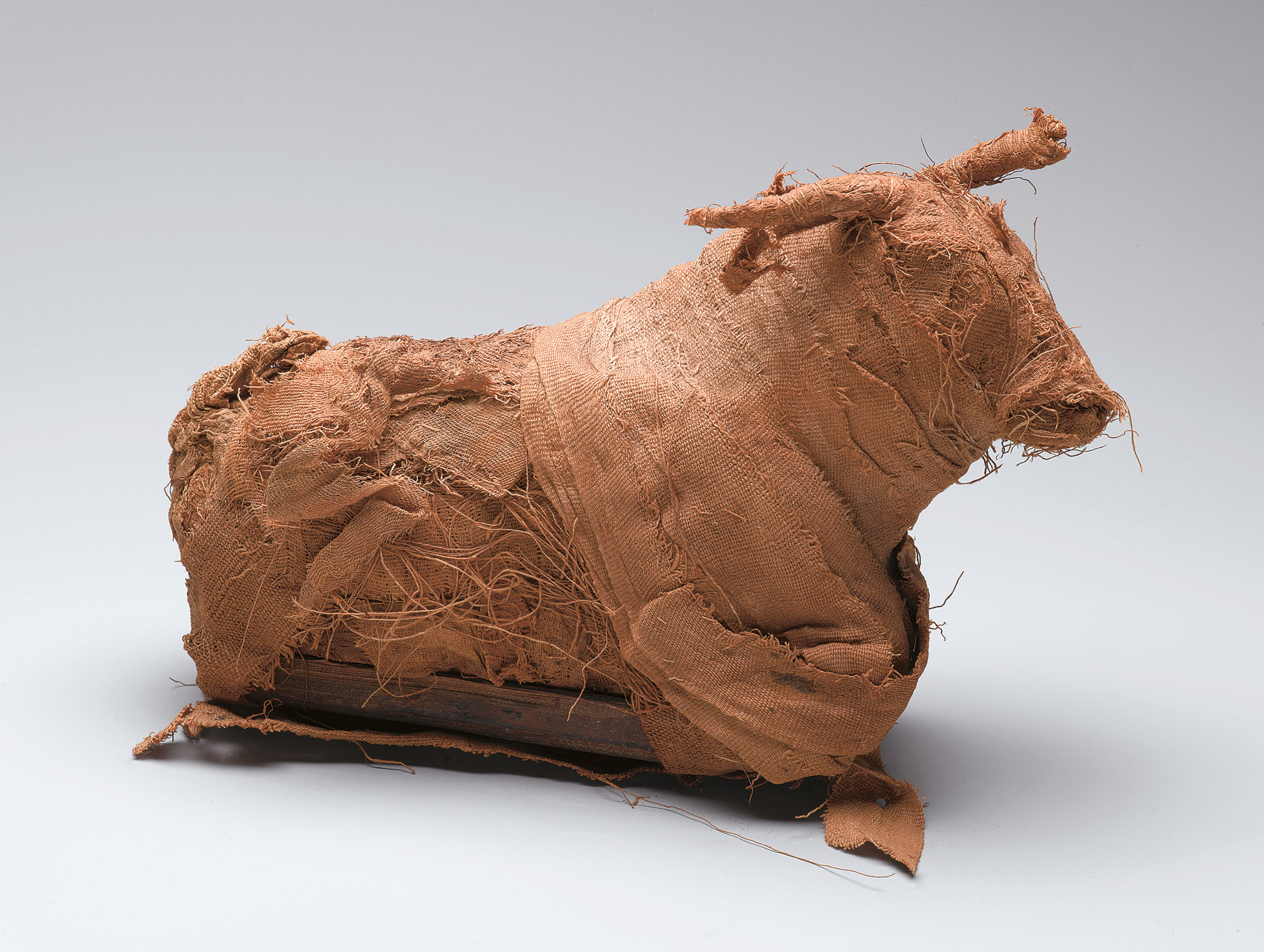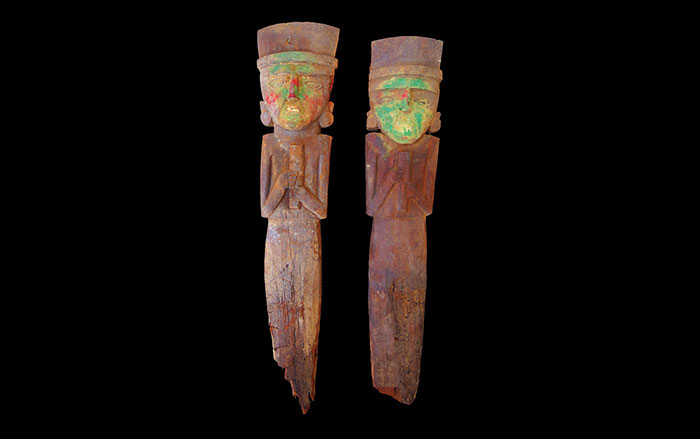
LYON, FRANCE—Sediment cores taken from ancient Rome’s harbor basin at Portus and a canal that connected the port to the Tiber River suggest that lead levels in the city’s water supply varied over time from 14 to 105 times higher than the levels found in natural spring water. The different isotopes of lead in the sediments showed that some of it had occurred naturally in the river water, and some of it had come from lead that was imported and used in the city’s system of piping. Yet Francis Albarède of Claude Bernard University thinks that the amount of contamination was insufficient to cause problems in Roman society. “It’s marginal. You would start being worried about drinking that water all your life. Even though they probably did not get degenerate, as some people say, or even get more violent, lead pollution might have been something to be concerned about,” he told The Guardian.










